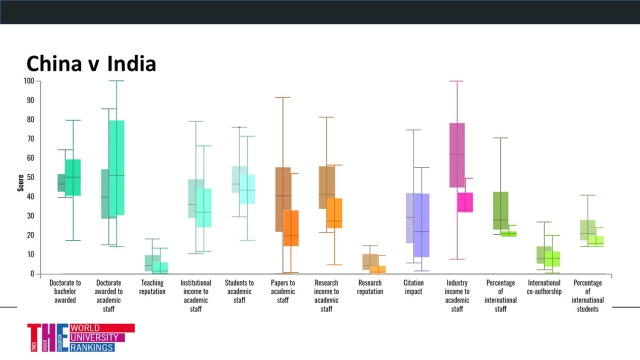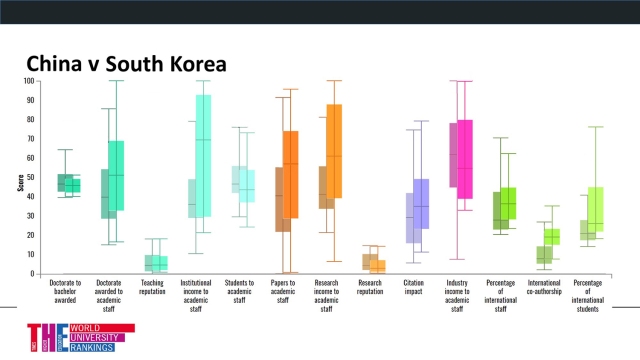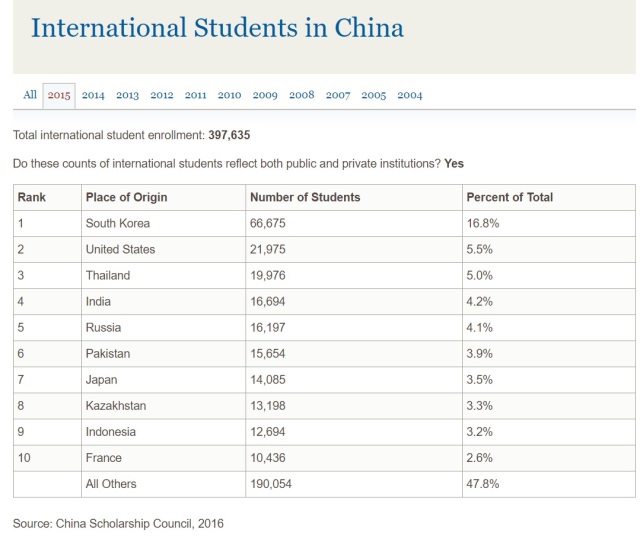In the past few weeks, we talked about higher education in Japan, South Korea, China, and India. Recently, THE DataPoints (Times Higher Education) provides a set of useful and interesting comparative data between China and three major Asian countries respectively: India, South Korea, and Japan.
Here is the news published on THE:
https://www.timeshighereducation.com/news/chinas-universities-significant-progress-more-do
The article reveals where Chinese universities are starting to outpace their rivals, as well as illustrating where China is still relatively lagging behind.
China VS India

The China-India chart shows that China has surpassed India on most measures. It can be attributed to several reasons:
- The higher HE investment of the Chinese government
- Successful and dynamic policies attracting its talents back home and international students studying in China
- The development of research collaborations between industry and academia
However, one metric proves a blog posted two weeks ago that India has a higher number of doctorates awarded than China.
China VS South Korea

The article gives a high rating to South Korea’s HE system. THE data scientist said that “South Korea was the shining example to any education ministry about how to improve their university sector.” There are two key aspects that China needs to catch up:
- The diversity of money sources – the government, industry, and student fees
- International collaboration – a key way to improve citation impact
However, although there is a gap between the two countries now, the article is optimistic about the future development of China’s higher education because of the outpouring of support from the Chinese government.
China VS Japan

I remember that Sho talked about the evolution of the balance between private and public funding in Japan’s HE. The China-Japan chart shows that Japan’s universities are behind both China and South Korea on the amount of income that universities are attracting from industry.
It is very interesting that Japan has a much higher staff-to-student ratio than China. However, the article claims that it is because of the collapse of the youth population in the country and it brings serious challenges for Japan to keep its leading role in Asia and globally.
Questions: Do you think that the data and metrics THE Data picked up reflect the real situation in your country? Why? Does this article present the future layout of Asian HE?

